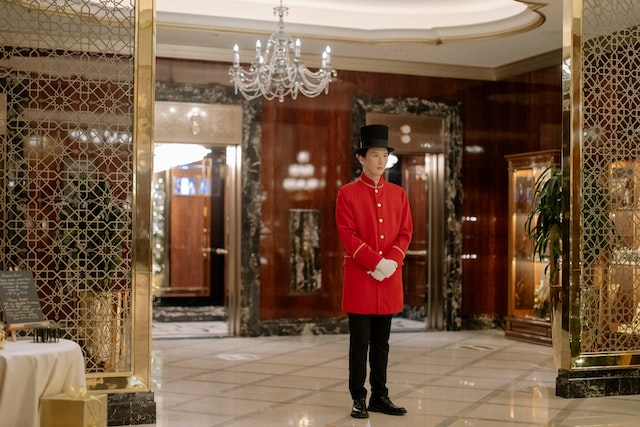Introduction
Hospitality lighting plays a crucial role in creating a warm, inviting, and memorable atmosphere for guests in hotels, restaurants, and other hospitality establishments. From enhancing the aesthetic appeal of a space to ensuring functionality and safety, the art of hospitality lighting is a multifaceted endeavor. In this blog, we will delve into the world of hospitality lighting, exploring various aspects and strategies that make guests feel comfortable and cherished.
- Setting the Mood with Ambient Lighting
Ambient lighting, also known as general lighting, forms the foundation of any hospitality lighting design. It sets the overall mood and ensures that guests can comfortably navigate through the space. Key considerations for ambient lighting include:
a. Color temperature: Choose warm tones (2700-3000K) to create a cozy and inviting ambiance. b. Uniformity: Distribute light evenly to avoid glare and dark spots. c. Dimming capabilities: Implement dimmers to adjust light levels based on the time of day or specific occasions.
- Accentuating Details with Task Lighting
Task lighting is essential in areas where specific activities take place, such as reading, dining, or working. For hospitality establishments, this often means:
a. Table and desk lamps: These fixtures should provide adequate illumination for various tasks without being overpowering. b. Bathroom vanity lighting: Ensure proper lighting for grooming and makeup applications. c. Kitchen and bar area lighting: Opt for task lighting to support food preparation and bartending.
- Elevating the Experience with Decorative Lighting
Decorative lighting is the jewelry of hospitality design, adding character and style to the space. Here are some key considerations when using decorative lighting:
a. Chandeliers: These iconic fixtures can be the focal point of the lobby or dining area, creating a sense of opulence and sophistication. b. Pendant lights: Pendant lighting over tables or counters can make a statement while providing focused illumination. c. Wall sconces: These fixtures add a touch of elegance to corridors and hallways.
- Outdoor Lighting for Curb Appeal
The first impression counts, and outdoor lighting is your opportunity to create a welcoming ambiance before guests even enter your establishment. Consider the following outdoor lighting elements:
a. Pathway lighting: Illuminate walkways with subtle, low-level lighting for safety and aesthetics. b. Landscape lighting: Showcase the surrounding landscape, gardens, or architectural features. c. Building façade lighting: Use uplighting and wall-washing techniques to enhance the building’s architecture.
- Energy Efficiency and Sustainability
As sustainability becomes increasingly important, hospitality lighting can contribute to eco-conscious practices. Consider these strategies:
a. LED lighting: Switch to energy-efficient LED bulbs that consume less power and last longer. b. Motion sensors and timers: Implement sensors and timers in common areas to automatically adjust lighting levels when they are not needed. c. Natural light integration: Maximize the use of natural light during the day to reduce reliance on artificial lighting.
- Safety and Accessibility
Ensuring the safety and accessibility of guests is paramount in hospitality lighting. Key considerations include:
a. Emergency lighting: Install exit signs and emergency lights to guide guests during power outages or emergencies. b. Uniformity of lighting levels: Ensure consistent lighting levels to prevent tripping hazards and support guests with mobility issues. c. Adequate lighting in parking areas: Well-lit parking lots and walkways enhance security and guest comfort.
